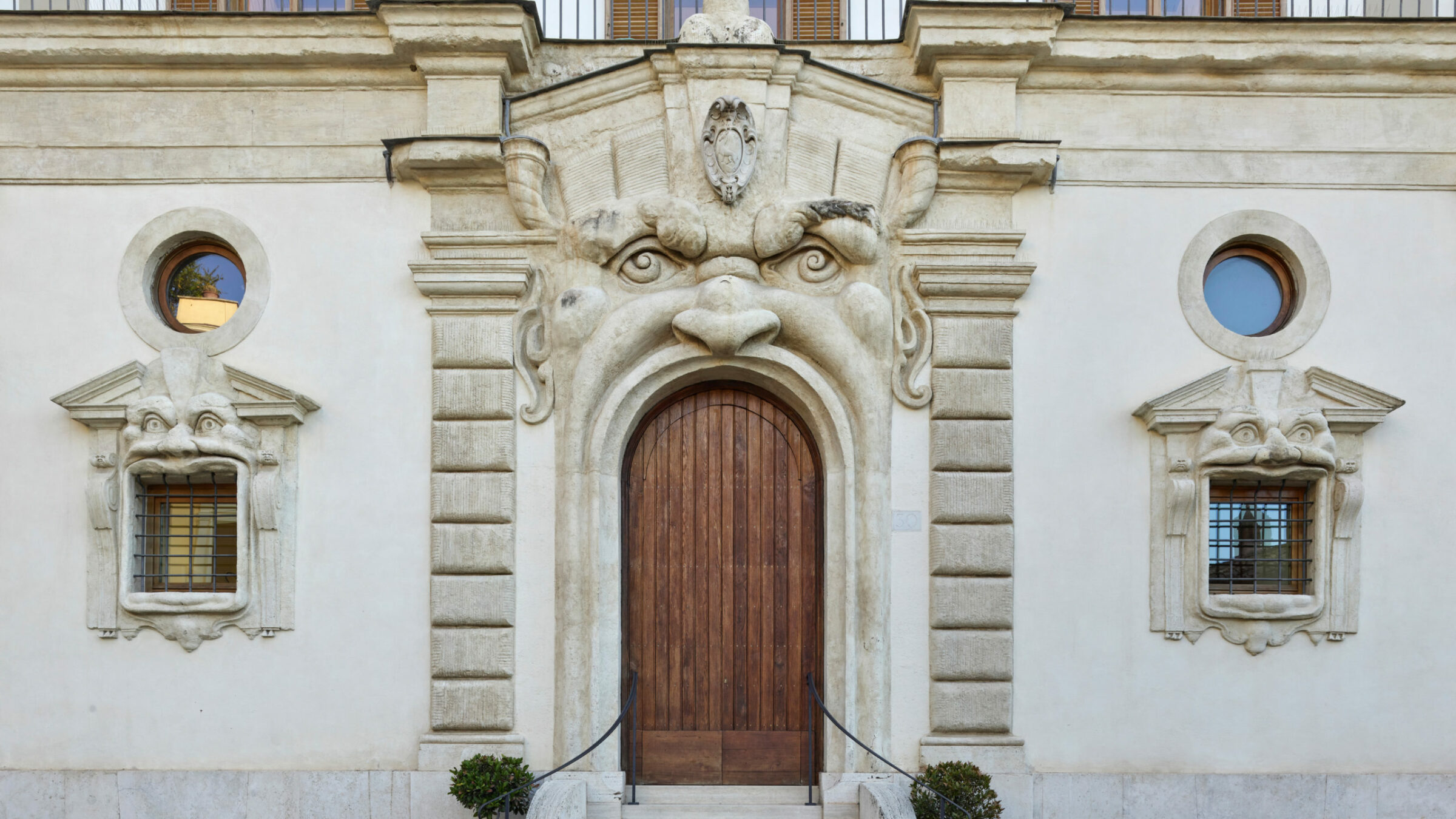One hundred and fifty megapixels for art
Phase One IQ4
The Fotothek of the Bibliotheca Hertziana – Max Planck Institute for Art History is one of the world’s leading art historical photo archives. Naturally, the standards for image quality are very high. The team of the research institute in Rome relies on ultra-detailed images and the highest color accuracy. The scientists have opted for a high-end camera system: the XF IQ4 150MP from Phase One.
“It’s a revelation,” says Enrico Fontolan, photographer at the Fotothek (the photographic library of the Bibliotheca Hertziana in Rome), pointing to the screen of his computer. The screen shows the photographic reproduction of a painting. „La Fornarina, the so-called ‘baker’s daughter’, is perhaps Raphael’s most famous portrait,” Fontolan says. The depicted woman is said to be the lover of the famous Renaissance artist. “The wealth of detail, the vivid, almost three-dimensional representation, is simply fantastic,” says the photographer about the painting that was created around 1519.Fontolan photographed the painting with the Phase One XF IQ4 150MP at the National Gallery of Ancient Art in the Palazzo Barberini, which is situated in the heart of Rome. “We bought the camera about a year ago, not least due to my efforts. We wanted to work with the best solution available on the market,” he says.
Image quality benefits research
The Phase One XF IQ4 150MP offers more resolution than any other 35mm or medium format camera. With 16-bit color depth, the camera is also unmatched in terms of dynamic range and color accuracy. Before, the Fotothek had worked with a 50 megapixel medium format camera by a different manufacturer. The Phase One IQ4, with its larger sensor of 53.4 x 40mm, was expected to deliver a significant quality improvement. The actual level of image quality, however, only became clear during operation. “It’s not just the higher resolution,” says Fontolan, “it’s also the color reproduction and the extremely high dynamic range of up to 15 f-stops. The images are so much more detailed, which directly benefits scientific research. This becomes particularly evident when we capture images using available light or even backlight – for example, when photographing historical buildings or outdoor sculptures. When I expose the shadows, the details in the brightest areas are fully preserved,” Fontolan says enthusiastically.Phase One IQ4: One hundred and fifty megapixels for art
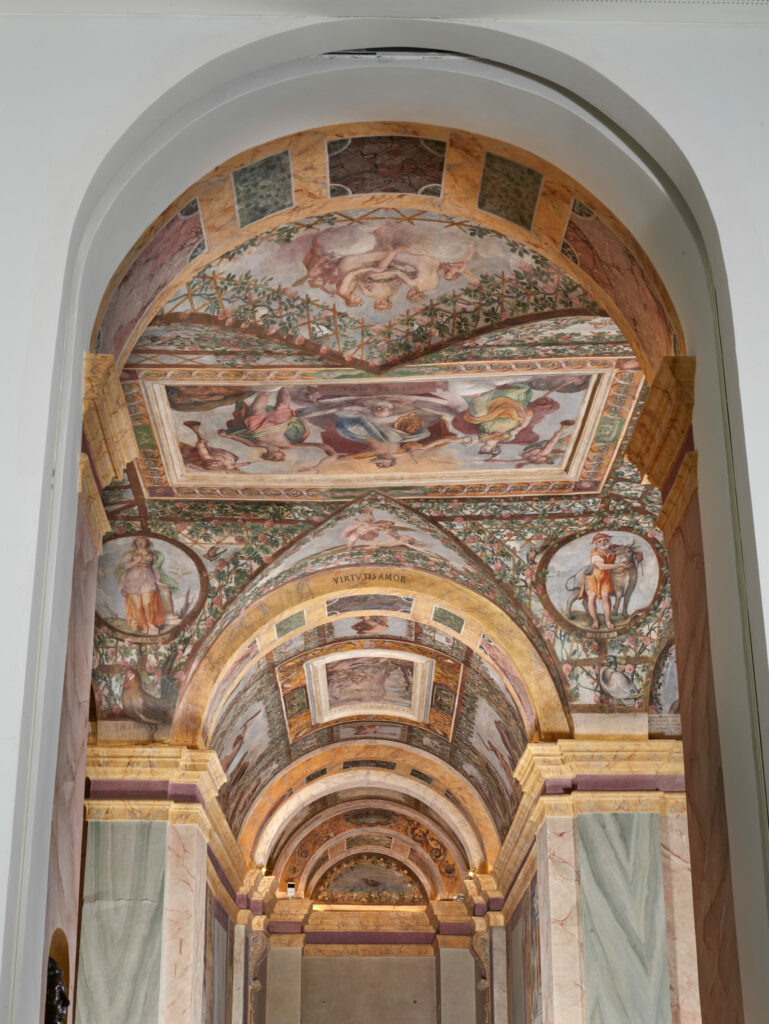
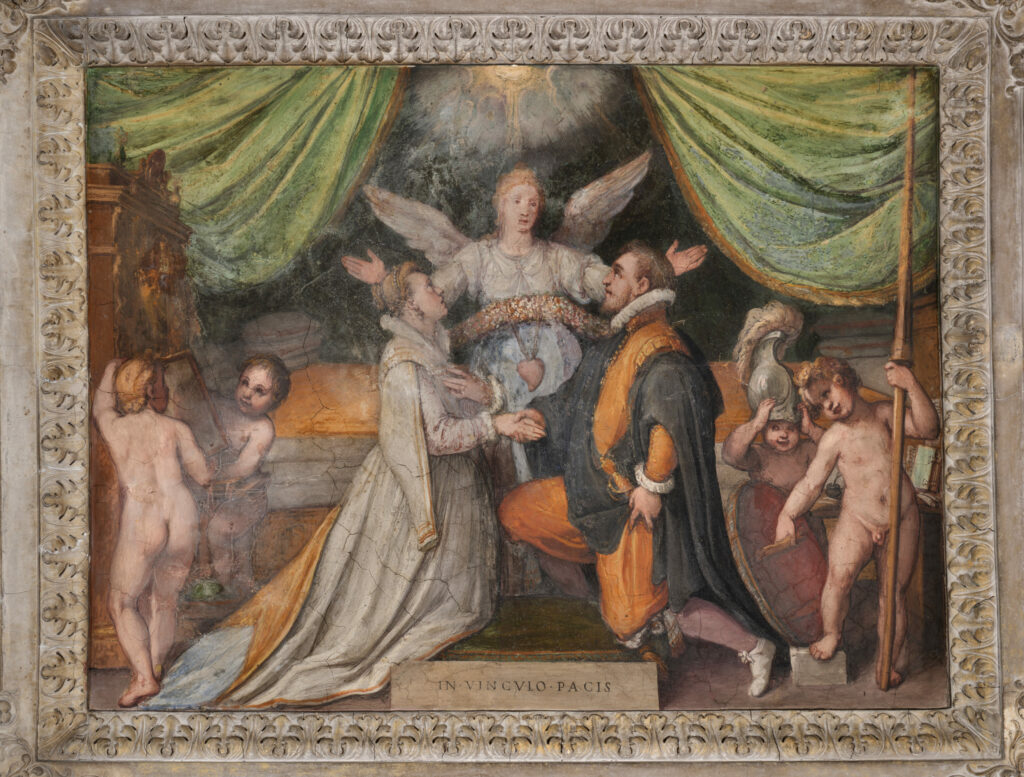
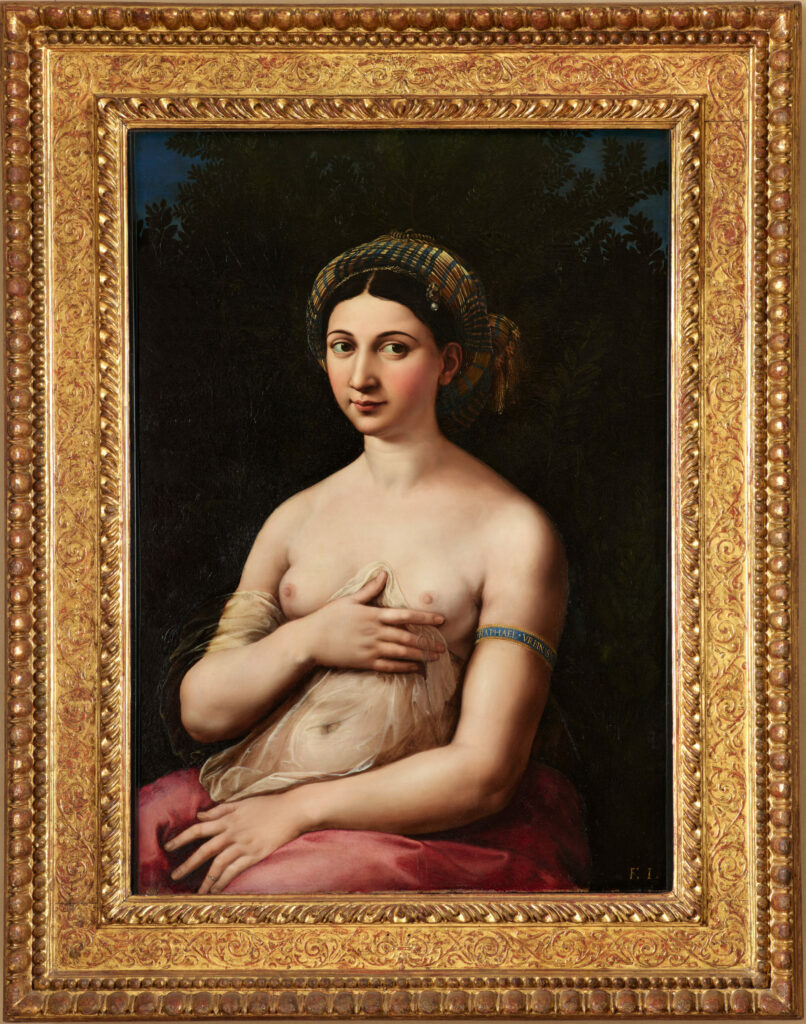
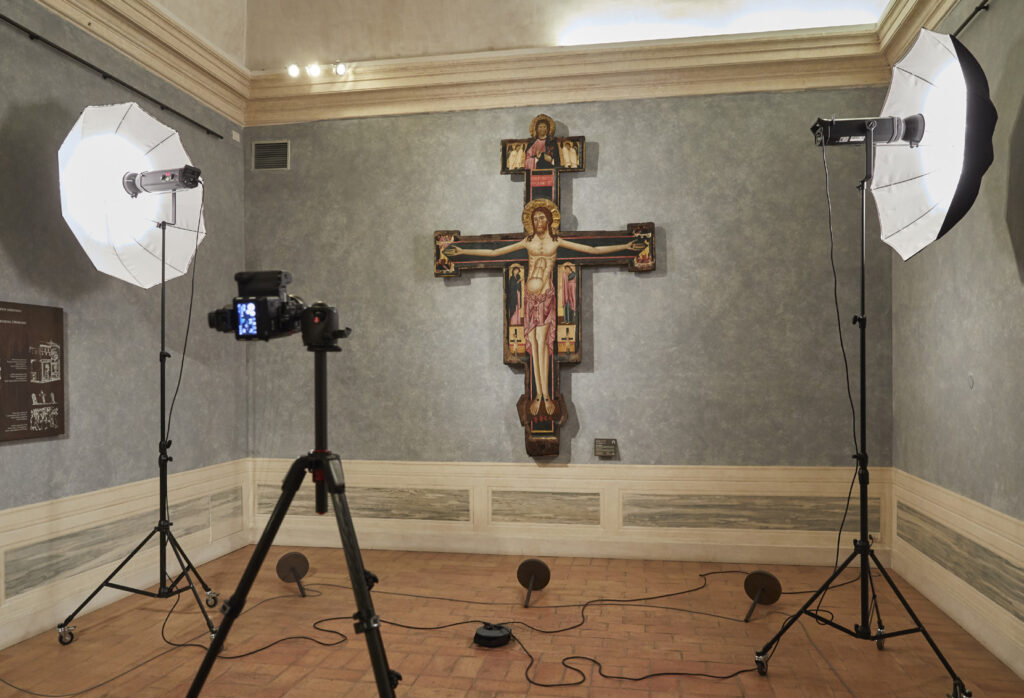
Maximum detail and workmanship for the scientific community
The Bibliotheca Hertziana is dedicated to researching Italian art and architecture from early Christianity to the present day, with an emphasis on the architecture and artworks of the city of Rome. Photographic documentation plays a central role within the Max Planck Society’s research institute. “The photographic collection of the Bibliotheca Hertziana is one of the leading art historical photo archives worldwide,” says director and art historian Dr. Johannes Röll. “Our task is to document the history of Italian art and culture as detailed and as up-to-date as possible.” The field of work ranges from photographic documentation of specific research objects to detailed studies of buildings, frescos and paintings that are controversially discussed in current research, or have recently been restored. And photographic campaigns lasting several months, during which entire picture galleries, museums or palaces are photographed for research purposes.The Fotothek’s key to success: Images with maximum image data and information value. “The more details a photograph contains, the greater its value for art historical research,” says Röll. “Color reproduction and details, as well as the image resolution, are of the highest importance for scientific studies, as it often involves analyses and studies of art-historical subjects that cannot be carried out on the original for practical or conservation reasons.” In addition, split-screen analyses or image stitching, i.e. the juxtaposition of details or the merging of several photographs as you would do with a large fresco cycle, can lead to the reassessment of art works or architectural monuments. “The extremely high image quality of the Phase One camera system really benefits the scientific analysis, which ideally leads to scientific progress”, says Röll.
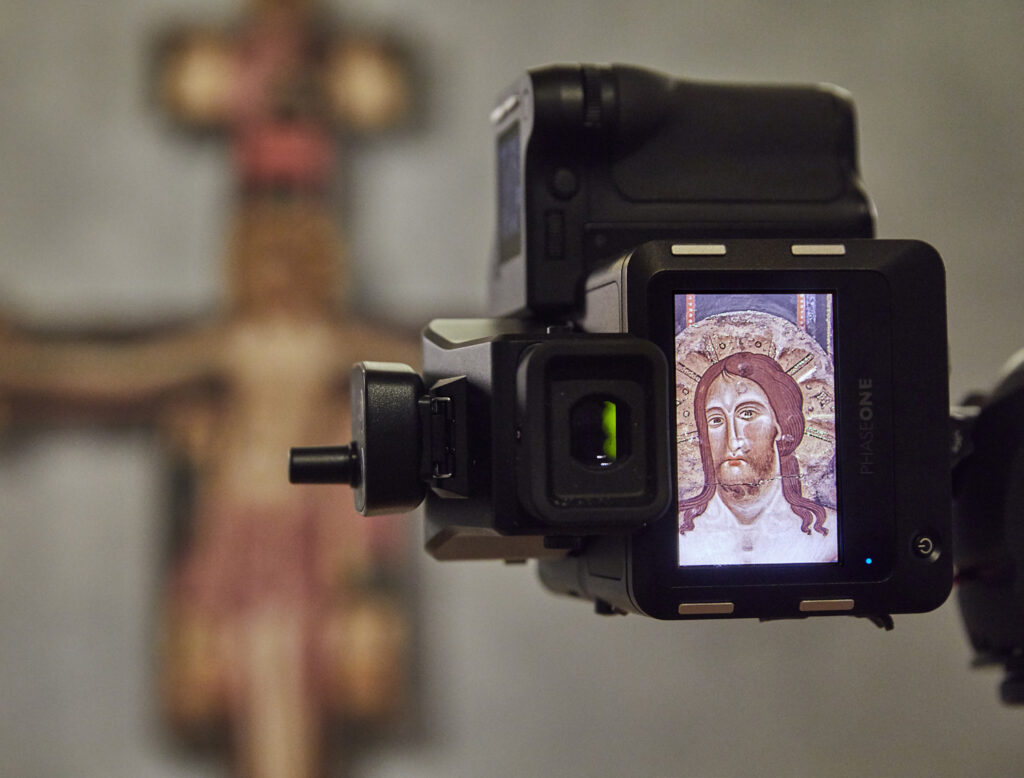
Minimum post-processing effort thanks to “Capture One Inside”
But what is the workflow of Phase One’s top camera system like? “I was particularly surprised by the flexibility of the camera in mobile operation,” responds Enrico Fontolan. “One reason for this is the touchscreen, which is so good that I can immediately evaluate the quality of the image. This means I no longer have to shoot tethered, as I can check the focus point and the color reproduction directly on the camera display.” He further points out that his workflow became more flexible and, most notably, faster. In addition, the amount of work required in post-processing has been drastically reduced compared to their previous camera solution. “This is mainly due to the fact that a large part of the RAW processing already takes place inside the camera. All you need to do in post-processing is adjusting the curves.”The innovation Fontolan refers to is called “Capture One Inside”. With Capture One Inside, the core of the image processor has been transferred to the IQ4. “Capture One Inside is based on the integrated Infinity Platform and offers unprecedented RAW file control,” explains Gerald Schnittger, Phase One Regional Manager, who supported the team of the research institute in Rome during their training in using the new camera system. “Image editing and processing, previously only possible in the Capture One software application, can now be performed from within the IQ4”.
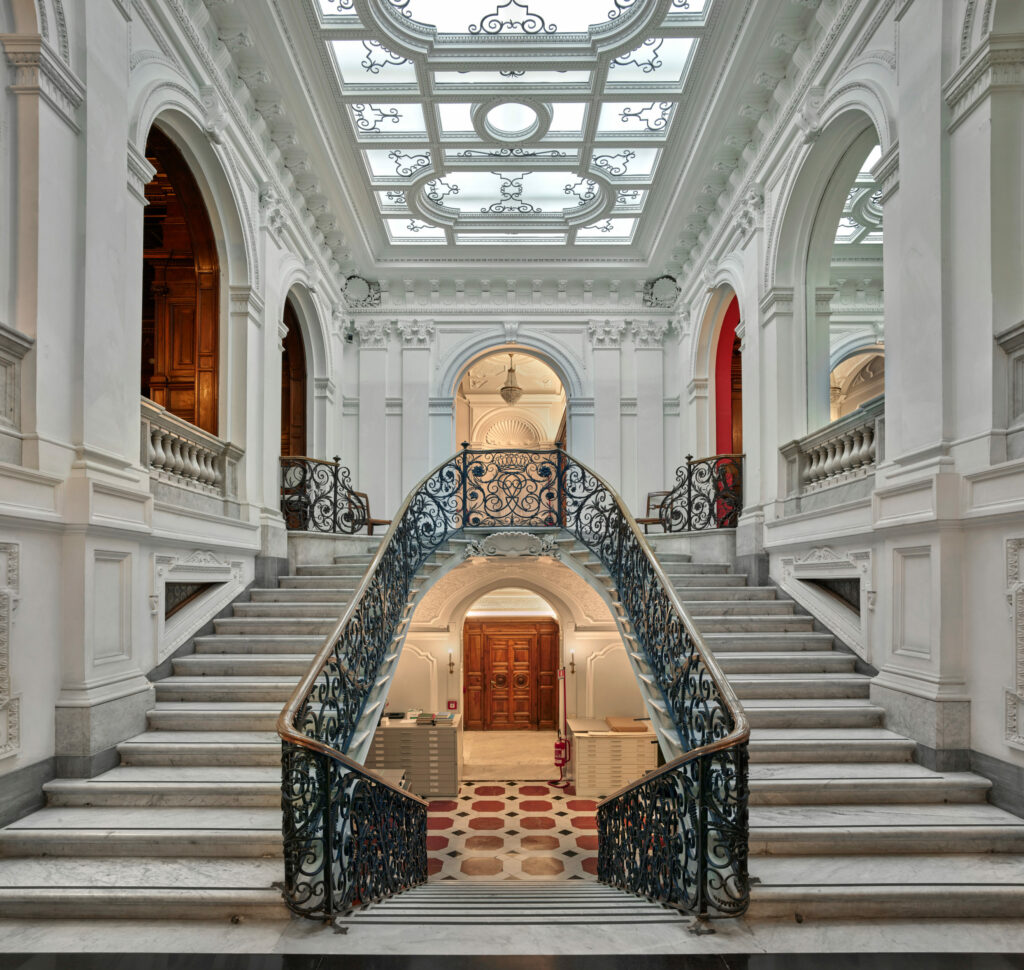
Uncovering the secrets of art history with multispectral imaging
However, the actual potential of the Phase One system exceeds the aspects mentioned so far. “Our camera does not have an IR filter and we therefore use a filter on our lenses for standard applications,” says Fontolan, who works with the Rodenstock HR Digaron W 32mm f/4 and various Schneider-Kreuznach lenses such as the 80mm LS f/2.8, the 35mm LS f/3.5 or 150mm LS f/3.5. “You only need to remove the filter in order to capture multispectral images. We are going to use this photographic technique selectively to reveal the hidden secrets of artworks.”Dr. Johannes Röll, director of the Fotothek, explains: “Thanks to this process, new insights into historic works of art are possible. This means, for example, that we can reveal preparatory drawings under oil paintings or indications that the painting was not directly created by a specific artist, but was executed in the studio on his behalf and in his style. Also, the camera system helps us to detect art forgery. The Phase One XF IQ4 is able to uncover information unseen by the human eye and can therefore contribute to a reinterpretation of a work.”
More information www.biblhertz.it
Contact a Phase One expert
Are you interested in learning more about our Cameras and accessories? Fill out the form, and a Phase One Cultural Heritage expert will be in touch shortly.
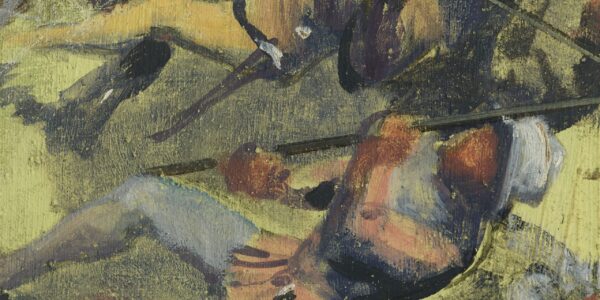
Heritage
Digitizing Panorama formats with Phase One
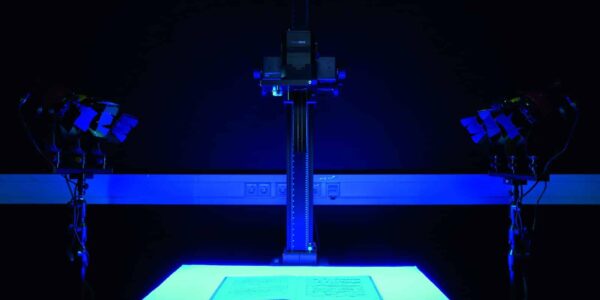
Heritage
Modular digitization at the Herzogin Anna Amalia Bibliothek
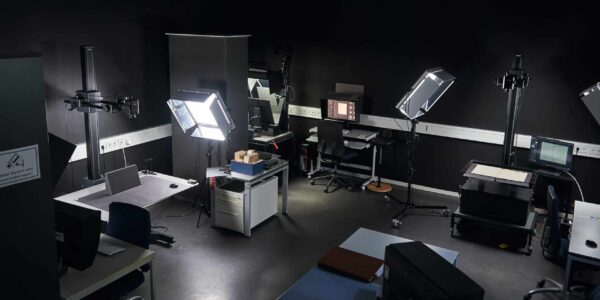
Heritage
Goethe in Weimar’s digitization center
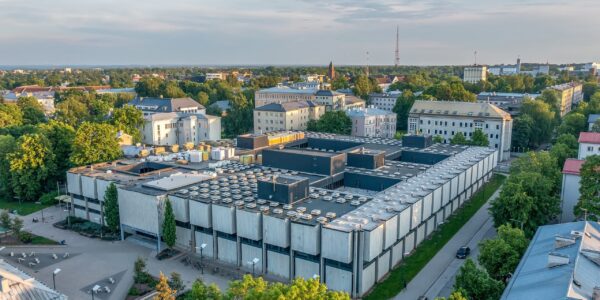
Heritage
University of Tartu Library
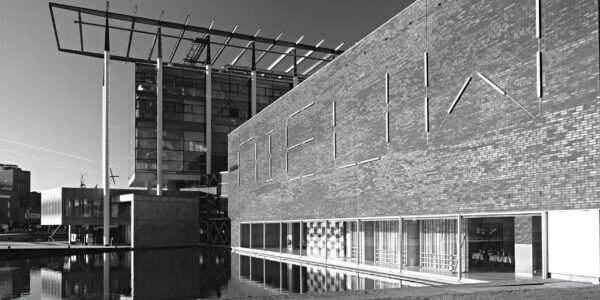
Heritage
Het Nieuwe Instituut (The New Institute) – Rotterdam, The Netherlands
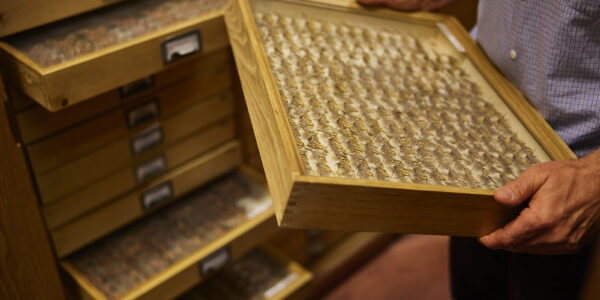
Heritage
Digitizing the Lepidoptera collection at the Hungarian Natural History Museum
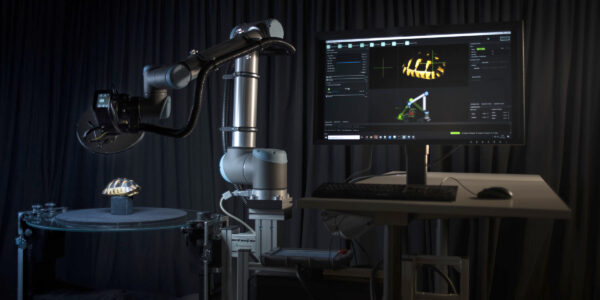
Heritage
Digitizing Dinosaurs and the Path to Virtual Exhibitions
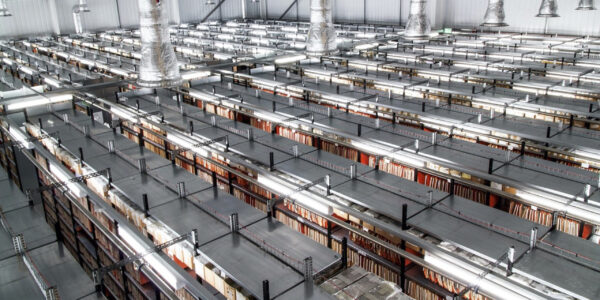
Heritage
Getty Images Archive – Phase One iXG 100MP and Film scanning solution
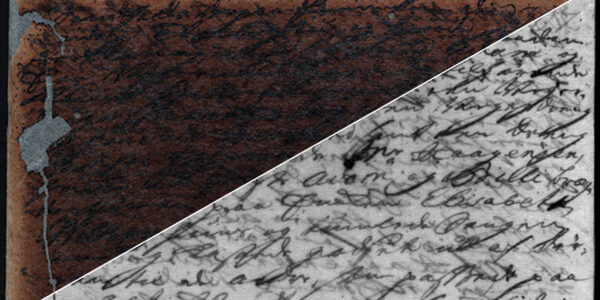
Heritage
The Royal Library of Denmark
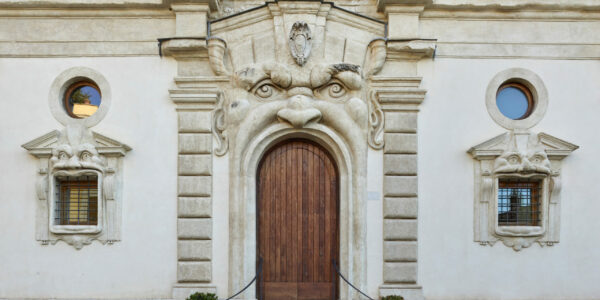
Heritage
The Fotothek of the Bibliotheca Hertziana
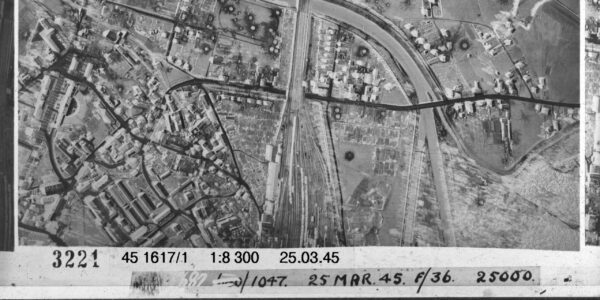
Heritage
Digital Aerial Photography Archive for Baden-Wuerttemberg
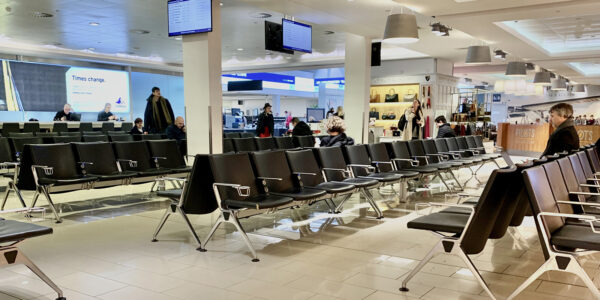
Heritage
Just in the nick of time: the story of an A0 at 300ppi test
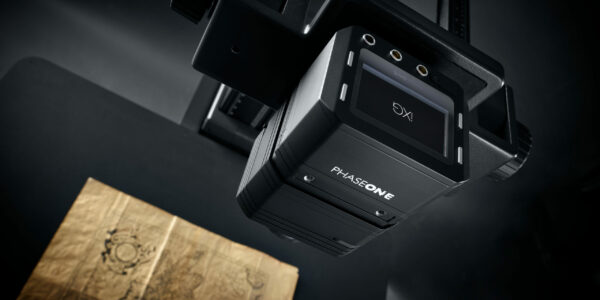
Heritage
Phase One generates stunning results for colonial cartography maps
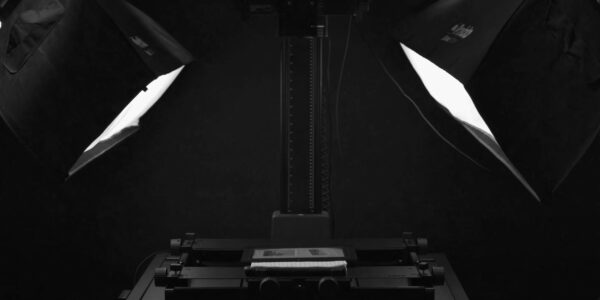
Heritage
Journal digitization workflow with the iXG Camera System
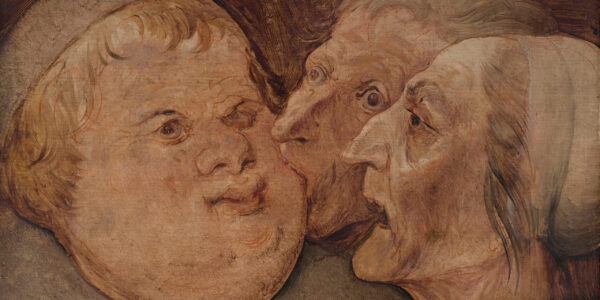
Heritage
A conservation analysis project of two Pieter Bruegel masterpieces
